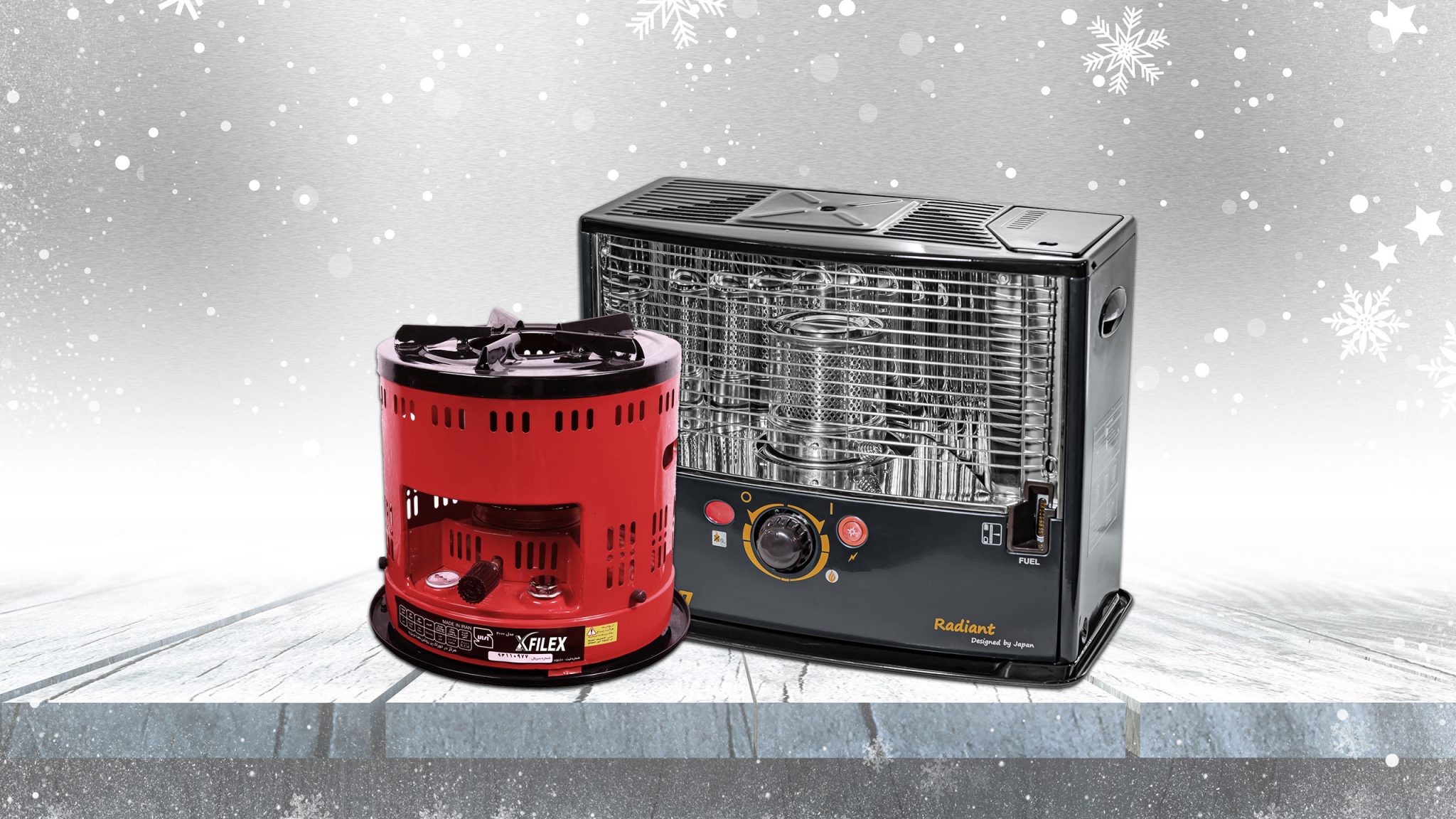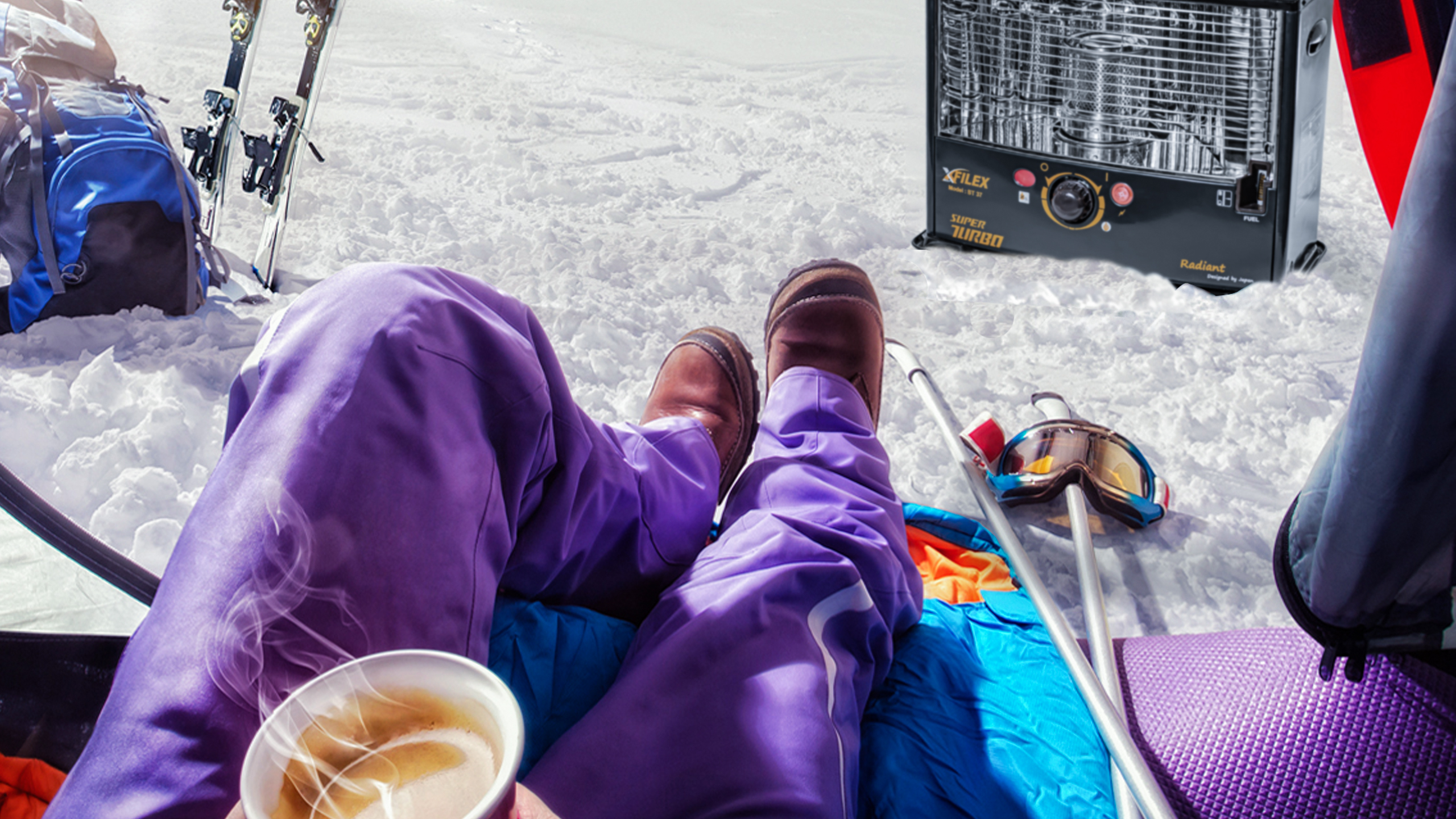Reason: lack of oil.
Troubleshooting: adding fuel to the tank and turning it on after half an hour.
Cause: There is water in the fuel tank
Troubleshooting: emptying the water tank and replacing the wick
Reason: high wick
Remedy: pulling down the wick.
Cause: The furnace is not properly positioned
Troubleshooting: move the furnace, if the problem is not solved, open the furnace and clean it
Cause: The wick is placed high during installation
Remedy: Reinstall the wick and place it lower.
Cause: Remove the burnt residue from the top of the wick
Fixing the problem: Extinguish the flame with a wet blanket, when it cools down, remove the furnace and remove the wick residue with a tool such as pliers and burn it dry.
Cause: The heater is in a closed space. .
Fixing the problem: open the windows for air to enter and exit.
Reason: the lower part of the furnace is not properly placed in the head.
Remedy: move the oven so that it is properly placed in the place
Cause: The wick is too high or too low.
Troubleshooting: Adjust the wick. If the top of the wick is broken, replace it
Cause: The upper part of the wick is covered with mass. The wick is coated due to the use of low quality fuel or it is swollen due to water absorption.
Troubleshooting: Turn on the heater without oil to remove the burnt parts of the wick. Clean the wick regulator and main air tube, fill the tank with good quality white kerosene.
Reason: It is a sign of the presence of water in the tank and the wick.
Remedy: Empty the tank, clean it and dry it with a paper towel and then fill it with fresh white kerosene of good quality. Change the wick and install the heater again.
Cause: The wick is contaminated.
Troubleshooting: Burn the wick dry or replace it.
Reason: the oil is cold
Troubleshooting: Wait for the oil to heat up
Cause: The lighter (lighter) is defective.
Troubleshooting: Replace the lighter.
Cause: The battery is dead
Troubleshooting: Replace the battery
Cause: The wick is contaminated
Troubleshooting: Burn the wick dry
Cause: The presence of odor during the operation of the heater may be due to the impurities in white oil; very dirty wick; or kerosene overflow on the wick regulator, auxiliary fuel tank, waste tray, etc.
Troubleshooting: clean the heater, burn it dry until the wick is clean. If there is still a smell in the environment, change the fuel with another fuel of good quality. If you feel a burning sensation in your throat, nose or eyes, it is strongly recommended to replace the white oil with good quality white oil as soon as possible.
Cause: Carbon deposits on the wick.
Remedy: Flush tank and fill with good fuel – burn dry – fill with good fuel, carefully clean wick adjuster and main air tube.
Reason: Water leads to fuel flow rejection even in clean wicks and free of carbon deposits
Troubleshooting: If you suspect water, drain and dry the tank, then clean it and fill it with fresh, uncontaminated fuel.
Reason: the fuel is too heavy or too cold
Remedy: Extra heavy or oily kerosene will pass through the wick and evaporate more slowly than lighter oil. Kerosene evaporates much more slowly at low temperature than the same type of fuel at high temperature. Whenever you encounter the problem of “low flame”, heat the device for a long time. It will take a long time for the cold fuel to fully penetrate the wick
Cause: The long and unstable flame and smoking are due to the heating chamber being in the wrong position, the incorrect placement and sealing of the wick regulator inside the tank, or the heater being exposed to strong wind.
Troubleshooting: Check the location of the heat chamber. Then inspect the location of the wick regulator inside the tank and if possible, tighten it with a screwdriver: Move the heater to a place away from drafts. Note: In some cases, if the fuel is very volatile, a long, unstable flame (sometimes apparently shaking) will develop after an hour or two of operating the device. If you encounter such a case, carefully turn off the heater so that the device cools down. Remove the fuel from the tank. Rinse the tank and fill it with good quality uncontaminated kerosene.


